Jess, from Elven Garden Quilts, and I are back today with another post in our Decipher Your Quilt series. The goal of DYQ is to make it easier for quilters to understand quilts and quilt blocks and how to make quilts and quilt blocks and resize them without reference to patterns or books.
Today we are going to discuss Tessellations. A tessellation is a pattern created by using a repeating shape to fills the space without gaps. A regular tessellation using only one shape must be constructed of equilateral triangles, squares or hexagons. Although as a quilter, I immediately want to try to prove that wrong with other shapes, geometry, and wikipedia, says that only these three shapes will work.
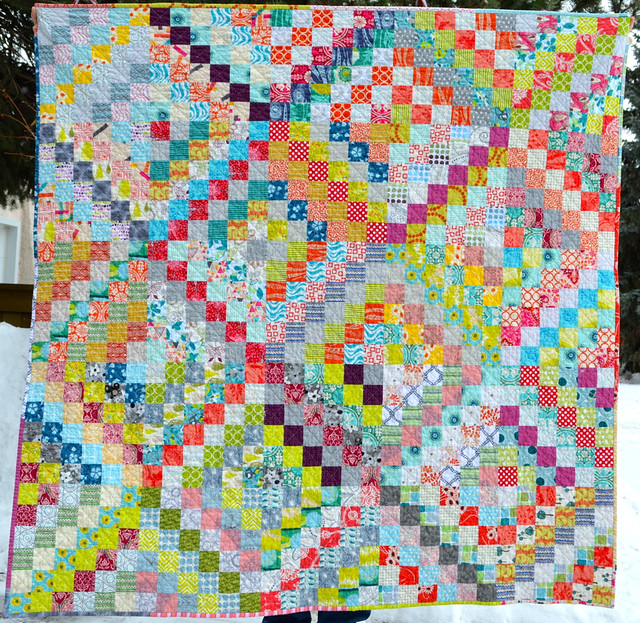
It is no surprise to any quilter that you can place squares beside squares and make a quilt - a two dimensional plane without spaces. In fact, in quilting, many design elements are sashed to become squares, placed inside of a square frame or applied on top of squares. Then the quilter needs only to join the squares into rows and the rows into a quilt top. Although you did not realize it, this process allows you to utilize the mathematical concept of tessellation.
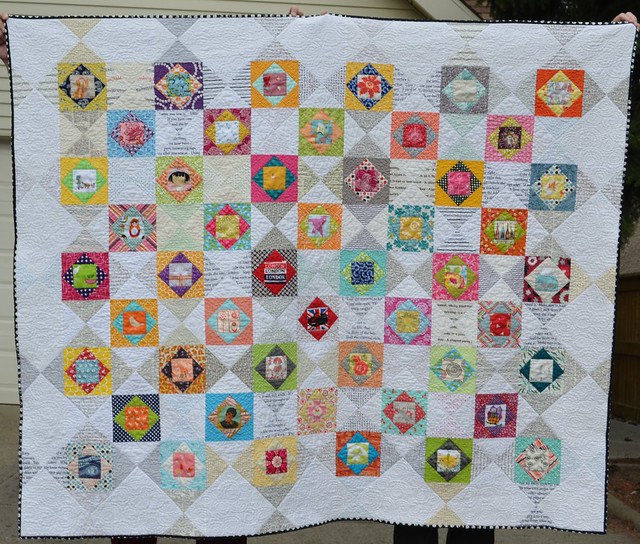
Quilters use triangles in many ways, but the ones we see very often are either HSTs - half square triangles - which allow us to put the triangles together to get the square that easily tessellates in pattern or equilateral triangles - which are the second shape that tessellates naturally.
I think the reason that quilters use equilateral triangles less often as the foundation for their quilts is not because they are less beautiful as a tessellation, but rather because of the nature of fabric. When you cut an equilateral (60 degree) triangle, the fabric is now cut on the bias on at least two sides and easily stretches out of shape, making it much harder to work with and less likely to be a lovely flat quilt top. I have just realized that I have never made a quilt or any item using equilateral triangles - I need to remedy that soon.

The last regular tessellation is formed by using hexagons. These are so often seen in nature, just think of the honeycomb. Quilters love hexagons, but this shape has two disadvantages. The edges are again cut on the bias and Y-seams are needed to sew them together. These disadvantages are overcome the easiest by using English Paper Piecing techniques.
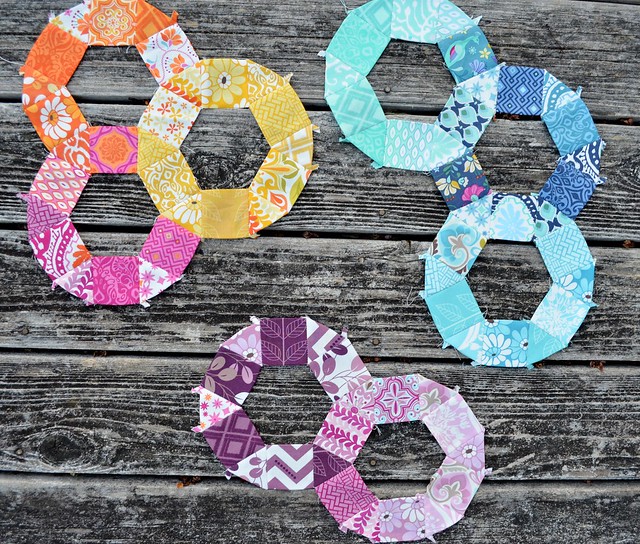
Of course, geometry does not stop there. One can have may other kinds of tessellations, ones with two shapes, ones with different rules. They all have a pattern which is recognized and repeats in the same size to fill all the space without gaps. Of course, you can leave open spaces in your tessellating pattern if you want to as well.
When you want to decipher a quilt pattern which utilizes a tessellation, you will know that:
- You will need identically sized shapes - whether those are the squares, triangles or hexagons of a regular tessellation or the group of shapes in an irregular tessellation.
- You can resize the tessellating shapes to whatever size you want, and as long as you make all the other parts the same size, you will continue to achieve your pattern, only larger or smaller. All of the squares, triangles, hexagons or combinations of shapes to make the irregular shaped tessellating patterns must be the same size or they cannot join to fill all the space.
- You can use this knowledge that the shapes are the same size to help you figure out how big they are if you know the finished size of a quilt top. For example, a quilt top that is 60" square and has 6 squares across and 6 squares down must have squares that finish at 10" (60 divided by 6 = 10).
- You can change the look of a tessellating pattern dramatically, depending on how the colours are placed. If you want to, you can use a "background" colour in a tessellation to create the impression of a background peeking out from behind the busy tessellating design.
- Improv quilts seldom use the concept of tessellation - unless of course the improv blocks are ultimately trimmed to a square.
I love the idea that many quilts utilize this mathematical concept (which quickly gets complicated to understand) to make many quilt patterns really easy to piece and to decipher. Once you understand tessellation, you will now see it everywhere, in almost every quilt, and tile floor.
Head over to Jess's blog, Elven Garden Quilts, to read her insights into tessellating patterns.
Head over to Jess's blog, Elven Garden Quilts, to read her insights into tessellating patterns.
Best,
Leanne


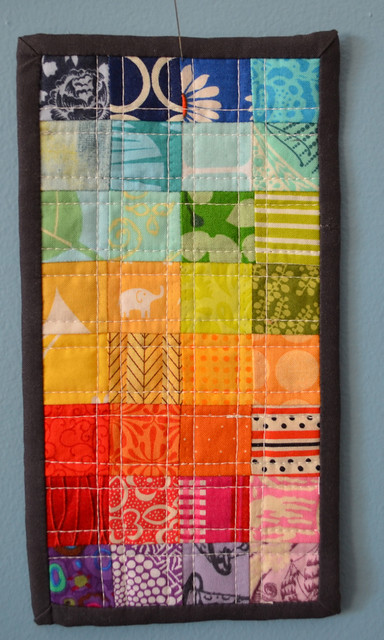

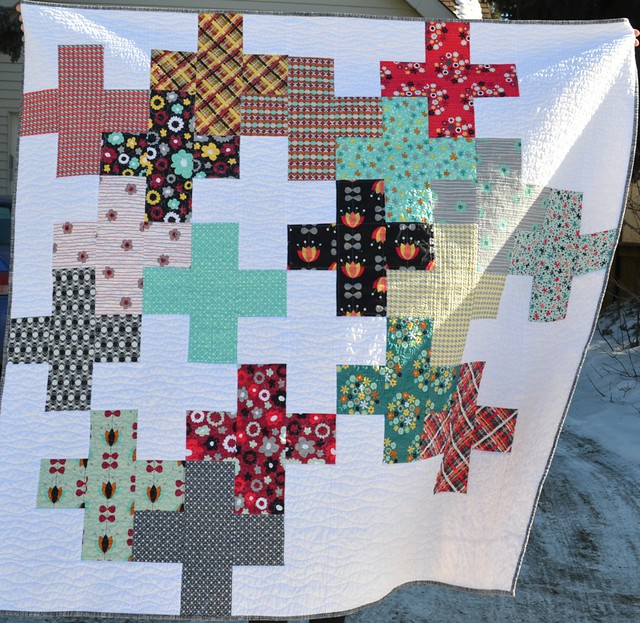
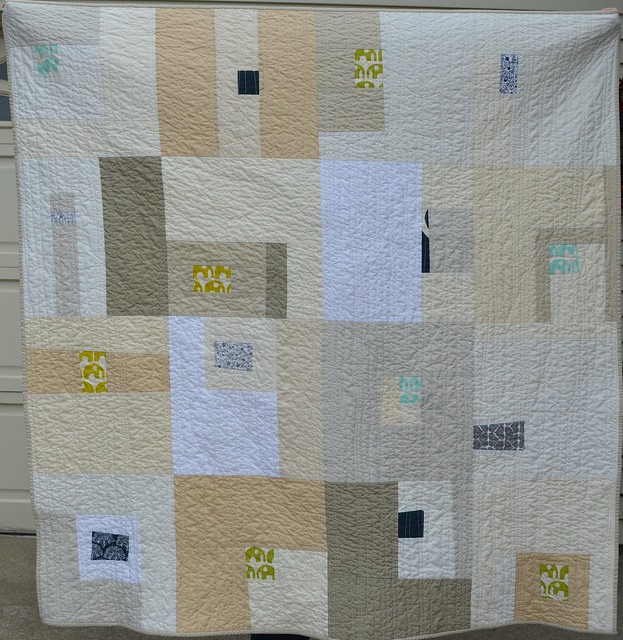
You made some equilateral triangles for me in the modern stitches bee Leanne - but that was a while ago! I love triangles and don't worry about bias edges or y seams - neither as tricky as people seem to think!
ReplyDeleteWhat about apple cores? I think those might be a single shape tessellation but no doubt the mathematicians might correct us.
ReplyDeleteWhat an excellent, informative post! I'm pinning this, because you hit the nail on the head when you spoke of triangles--the bias cut scares me as the first table runner I made with them went a little wonky. I'm glad to know it wasn't just "me".... The quilt progress in the previous post is absolutely stunning. :)
ReplyDeleteyou really are a walking encyclopedia such a lot of info you have shared with us today
ReplyDeleteI do love a good bit of geometry!
ReplyDeleteOoh, what about tumbler quilts?! It didn't occur to me until I read your post, already having read Jess's, that they fall within the parameters too... I think...
ReplyDeleteVery interesting - I guess I didn't really understand about tessellations...so good to know. Hope you 'reply all' about the apple core and tumbler shapes...
ReplyDeleteAnother fab lesson, thanks x
ReplyDelete